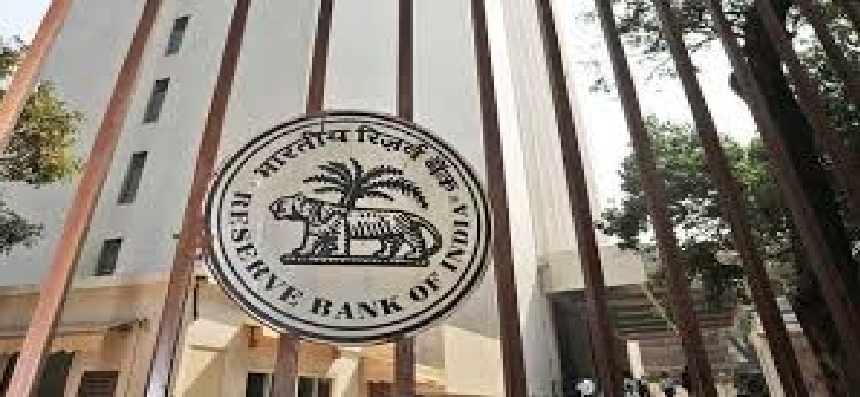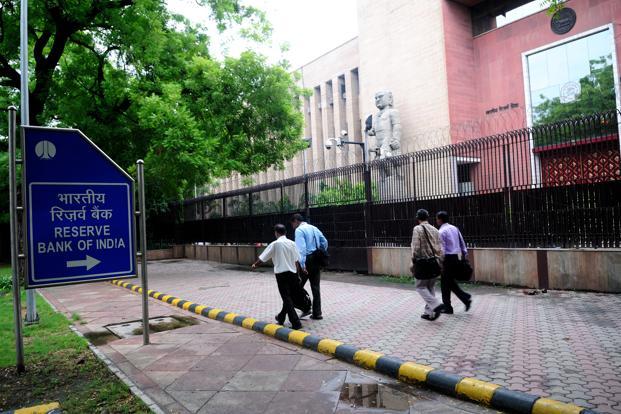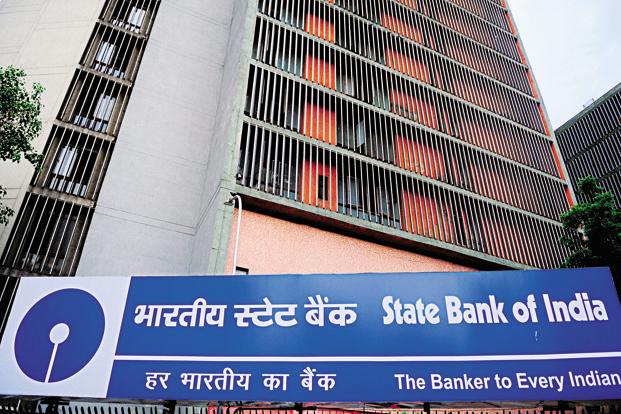Early last week, the State Bank of India said it would buy up to Rs 300 billion of quality loans from the stressed non-banking finance companies (NBFCs), raising its portfolio purchase plan to Rs 450 billion during 2019. A few other banks will also buy affordable housing loans and loans against property (LAP). Meanwhile, the mortgage regulator has raised its refinance limit to Rs 300 billion to housing finance companies (HFCs) for the July 2018-June 2019 period. These announcements came after the Reserve Bank of India (RBI) committed to infuse Rs 360 billion into the system in October, buying government bonds to ease the pressure on liquidity.
All these should have been music to the ears for those NBFCs that are finding it difficult to raise money from the market. However, that’s not the case. If the banks buy out their best assets, NBFCs’ balance sheets and earnings will shrink and, some of them might even end up holding dud loans.
In a low-interest regime they were borrowing short and rolling them over to finance their loans but that’s only one part of the story. The quality of assets of some of the NBFCs is also not exactly impeccable. If the RBI decides to launch an asset quality review (AQR) for the NBFCs, something it did for banks in October 2015, many NBFCs will be embarrassed.
Under an AQR, after the RBI inspectors checked the books of banks and identified non-performing assets (NPAs), the banks were to come clean and provide for them in six quarters between December 2015 and March 2017. That was the beginning in the rise of NPAs in the Indian banking system which crossed Rs 10 trillion in the June 2018 quarter.
Should the RBI do this? Before answering this question, let’s look at NBFCs’ problem at the liability side. A Nomura report in September on the liability profile of some of the large NBFCs, including HFCs, says short-term commercial papers (CPs) account for as much as 30 per cent for one company and between 10 per cent and 20 per cent for many. If we include CPs and one-year non-convertible debentures, the share rises to 40 per cent of that company (which has 30 per cent funding from CPs) and between 9.5 per cent and close to 30 per cent for others.
Another recent report of Credit Suisse says mutual funds’ exposure to NBFC debt is 30 per cent of their overall debt assets under management and 55 per cent of this is of short tenure. Beside, bank lending to NBFCs saw 43 per cent year-on-year growth in August 2018 and constitutes 20 per cent of the banking system’s incremental loans.
Borrowing short and lending long is almost a worldwide phenomenon for the sector. For instance, in the US, the volume of current outstanding CP is $1.1 trillion and financial companies have 50 per cent share of this. However, beyond asset-liability mismatches, there are other issues. For instance, one NBFC has borrowed Rs 8 billion from a film production house at a monthly interest rate of 2.25 per cent. Two HFCs have subscribed to the Tier II capital of a bank in the form of long-term bond, and the bank, in turn, has given hefty loans to both. A quid pro quo of this sort may not be illegal but such incestuous relationships could end up creating systemic issues.
The RBI wants NBFCs to slow down their growth. This is imperative as the quality of assets of some of them is suspect. Going by available information, a handful of them such as Shriram Transport Finance Company Ltd, Mahindra and Mahindra Financial Services Ltd, Magna Fincorp Ltd and Muthoot Finance Ltd have relatively high bad loans – between 9.15 per cent and 6.98 per cent gross NPAs in March 2018. However, the figures for many others might be too good to be true.
While the NBFCs primarily into granular retail business are relatively safe, pain could come from three pockets – loan against shares, LAP and the so-called super-priority loans – for those NBFCs which are into wholesale lending.
In 2015, the total corpus of loan against pledged shares was around Rs1.35 trillion and a chunk of that flowed from the NBFCs. Many companies whose shares were pledged have been taken to the insolvency court by the banks as they turned defaulters and the value of their shares plunged. Besides, the recent turmoil in the equity market will also affect NBFCs’ current such exposure.
Many argue that NBFCs keep enough margin while giving LAP and unless the property market crashes such loans are as safe as houses. However, the problem lies elsewhere. LAP, for a few NBFCs, is a passing the parcel game. For illustration, Company A gives a borrower Rs 1 billion LAP and two years down the line, Company B picks that up at Rs 1.2 billion (including interest as the borrower could not pay) and, in the third round, Company C picks that up at Rs 1.5 billion (again, with interest). This is how the ever-greening of loans is done in the NBFC sector.
Finally, the super-priority loans are sought by desperate borrowers when no other avenue is open and the lender takes the first charge on the cash flow and assets – a precedence above all others in case the borrower defaults. However, at the insolvency court, the first charge for such loans does not hold water; it becomes pari passu or all lenders enjoy equal rights. I am told Rs 1.16 trillion such loans have been taken by bank defaulters from the NBFC sector.
The total credit market of the NBFCs that have been giving home loans, auto and two-wheeler loans and consumer loans beside wholesale loans is around Rs 28.43 trillion, a little less than a third of the Rs 90 trillion bank credit. While the average bank credit growth in the past two years was just about 7 per cent, the NBFC loans grew at over 20 per cent.
A few of them are looking for fire sale of subsidiaries. If the sector stumbles, it will lead to a credit crunch and hit domestic consumption and growth. We need to nurse it with care. This is why an AQR can wait; for the time being it needs a credit line. And if that is imaginatively crafted, the government can make money out of it. The US has shown the way through the Troubled Asset Relief Program.



